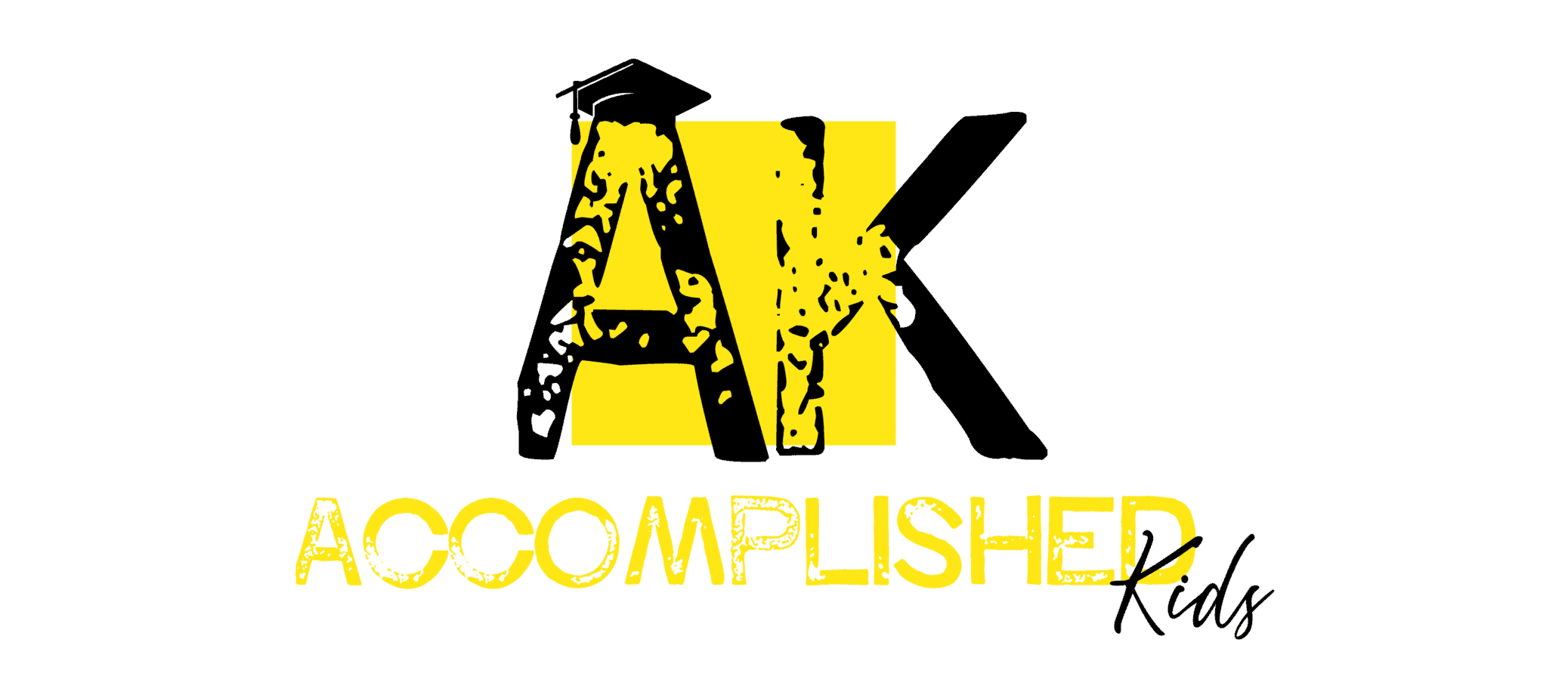Homeschool Unit Studies: How to Engage and Create

Creating a unit study seems like a great idea but how do you make sure it covers what you need and the kids actually learn. When I started using unit studies I wondered all these things. Unit studies are working for my family and this is why.
How to engage learners and create homeschool school unit studies? In order to engage children, you will need to pique interest and involve them in their learning experience. Here are the steps to creating a unit study:
- Select a topic
- Set learning objectives
- Select or create activities that will deliver the content to meet the learning objectives.
- Create an order of delivering the activities
- Create lesson plans for your unit study
Unit studies are the learning adventures my kids love the best. In order to engage your kids, you really need to know them and their learning styles. Studies have shown that when people are engaged they are more effective. Let’s talk more about how to engage our kids in homeschooling and specifics on creating lesson plans. I’ll also reveal my secret to engaging homeschoolers.
Engaging Uninterested Students
I love learning; in fact, my homeschool theme is “Feed Your Mind.” Our kids are not always there. Many are uninterested, reluctant, and not motivated to learn. My daughter was one of those students before homeschooling completely changed her life. She had spent so much time in public schooling hearing what she struggled with until she had turned it into what she thought she couldn’t do. No worries we got her home in-time and turned that all around
So, as a parent-teacher one of the most important parts of being your child’s teacher is to observe and listen. See them for who they are, listen to what they need, and mold them toward their destiny.
I view the teacher-child relationship a little different. It is a partnership that works better when they assist with finding the mystery behind their learning issues and their lack of motivation. So, one of the first things I did with my daughter was to inform her we would tackle learning together. I assured her that she was intelligent and that this learning experience would be different. I also let her know that her success was in her hands and relied on her effort and communicating her needs.
I also needed her to talk about the why versus the can’t. Why it was hard, what she was feeling, and what she needed to make it better. I empowered her by letting her know that she could describe her experience better than anyone and I needed the best description to help guide her to solutions. So, I’ve said all of this to say that a big part of engaging your student involves empowering them, wiping out fear of I can’t, and ushering in the journey of learning.
Here are some other ideas to engaging your homeschooler:
- Allow creativity – A larger issue today is the inability of adults to think outside the box. Allowing our students to develop creativity is a great way to empower them and develop their critical thinking skills. You can focus it by turning their curiosity into learning. Kids are more likely to gain knowledge when they are free to explore and manipulate information to form theories. It’s okay if they make a mistake and things don’t go as planned. That’s a big part of learning.
- Pick the level wisely – If you have a struggling student, start just below their skill level. Then work your way back up.
- Encourage – You will be amazed how far saying “you got this” or “I know you can figure it out” goes. Change your language about abilities. Yes, some tasks are challenging (not impossible) but you have the tools to demolish the challenge. When you pass the challenge your kids will be filled with confidence to approach other challenges and overtime equipped not to waiver at problems they don’t have immediate answers to.
- Kids plan the lesson – Have your kids to help plan a lesson. Explain to them what the unit will be about: what skills you want to work on. Ask if there are related skills they would like to add. Then work together to select activities to learn them.
- Select activities and learning paths that match your child’s learning style.
Creating a Positive Learning Environment
A positive learning environment is one that ushers effective knowledge delivery for each student. If you want your kids to thrive and be engaged in school, here are a few things you can do:
- Check your teaching attitude – When we are in teaching mode we can’t bring bad vibes into the learning area. Because this is our home where we parent and teach, it is important to resolve parenting issues before schooling. It can be helpful to start your school days with hugs and words of encouragement. This way your kids are aware that when it comes to their learning time you aren’t holding on to the fact they broke a vase. You would be amazed at how a child thinking you are mad at them hinders their engagement and learning. So, learn to nip matters when they happen.
- How you schedule is very important. Here are a few things to consider. Schedule during the time of day when everyone is fresh and functions well. There are a lot of homeschools that function in the evenings and you’d be amazed at what night owls get accomplished while we sleep. If you homeschool your kids with direct instruction consider putting during a time where it can have all of your focus. Also, consider having half days, 3-day, or 4- day school weeks. All work and no play makes anyone stress and not engaged.
- Separate work from school if you can. Here’s what I mean. 6:00 – 8:00 am work, 8:00 – noon school, 1:30 – 3:30 work. If you compartmentalize your tasks you can focus on being the best at one thing at a time.
- Fill your school with things your kids love. Learning can be fun. Sure it takes a little creativity but with a little work, you can make it happen.
- Allow flexibility in where you school. Move it around, don’t just stay in one area. We rotate to different rooms (class area, living room, kitchen table, office, and bedrooms). Go outside of the house (parks, groups, and library).
Creating Unit Studies
Select a Topic
Generally, I start with a subject (Science or Social Studies) and then I move through my learning sequence to find large themes to turn into a unit. For instance, a Physical Science Unit that focuses on matter. So, I know that I want to do an entire unit on matter.
Set Learning Objectives
Learning objectives are simply what you want your students to learn or be able to do after they have completed a lesson. The way I determine my learning objective is by asking questions that my kids and I are curious about around the topic. It would generate questions like:
- What is matter?
- What does matter look like?
- How do you change matter?
- How do you make matter move?
So, now you can see I started with matter, but now I’ve added topics such as properties, force, motion, and energy. Also, I take some time and review books on the topics and see if any other questions arise. These questions are how I create my learning objectives. When you create your learning objective also create how you will assess your child’s learning of the objective.
Content for Unit Studies
There are so many ways to get content to fill your unit studies. You can start with books and/or videos depending on your kid’s learning style. Also, projects for researching information and then performing a task to work through a problem.
You can look for fun ways to practice what your kids are learning. There are so many fun games and activities that kids can use to learn. Take games like match, jeopardy, go fish, and basketball. There are tons of online games and apps that work well to enhance your unit study.
Consider other kids. How to alter the assignment to work with younger siblings? Also, consider how you can add other subjects to the lesson such as writing an essay or picking out parts of speech in a reading.
Unit Study Lesson Plans
First, decide what order you want to deliver the content you have collected. I usually decide how I want to order the information by topic. For instance, I focus on what to present first and then organize my books, documentaries, videos, worksheets, and projects. Lastly, I allow the kids to rotate games and puzzles at the end of our lessons and use them over again throughout the unit study.
Your lesson plan will include your learning objectives followed by tasks (use of content). I create one lesson plan for each piece I have broken the topic into. For instance, maybe I want to introduce the definition of energy and the types of energy, and I want to go in-depth about each type of energy. I will break it up into several lesson plans. I number my lesson plans so that I know what order to complete them in.
Related Questions
What is unit studies homeschool curriculum? A unit study is a collection of information and activities created around a specific topic. It allows homeschoolers to get an in-depth study of various topics throughout the school year.
What is the unit study approach? It is a process to study multiple subjects or one subject in-depth using a topic of interest.





